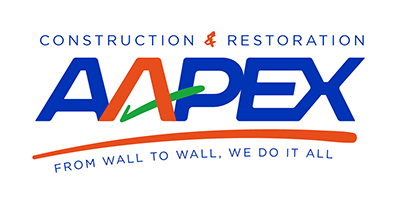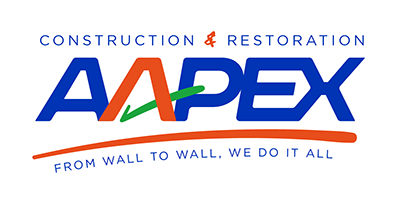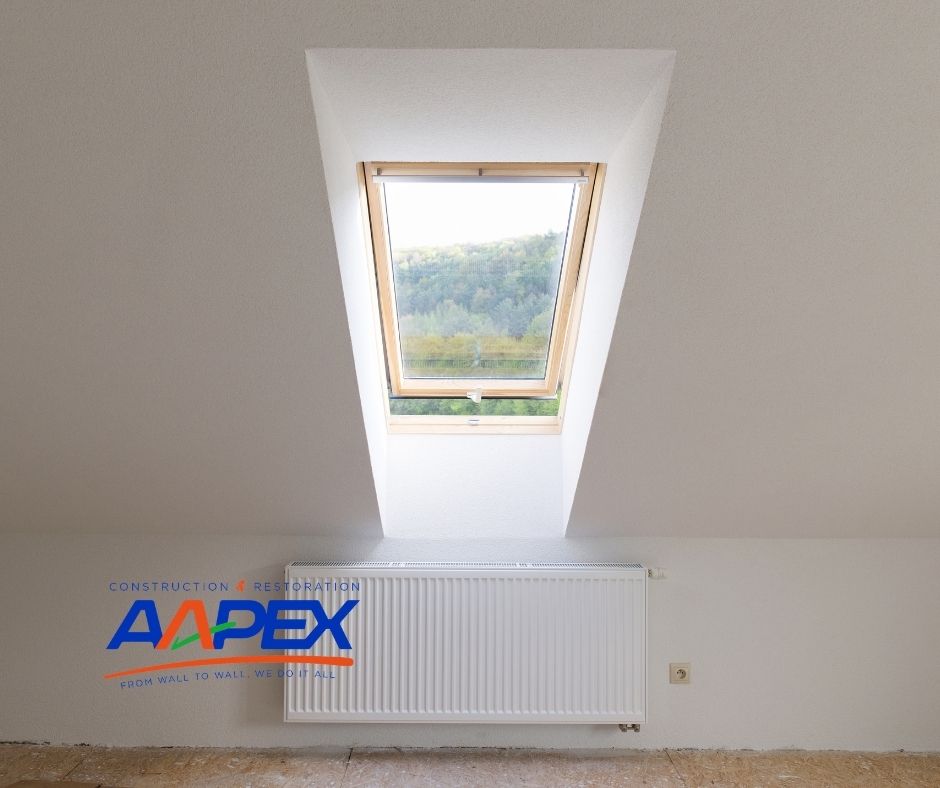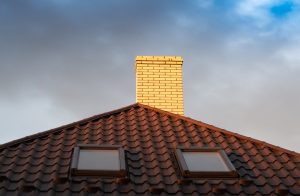 Skylights offer the gorgeous benefit of bathing a space in natural light during the day and providing a glorious view of the stars at night. Unfortunately, skylights bring with them a host of potential problems that can lead to significant damage to your home. Read on to learn about some of the most common issues with skylights and some tips for avoiding them.
Skylights offer the gorgeous benefit of bathing a space in natural light during the day and providing a glorious view of the stars at night. Unfortunately, skylights bring with them a host of potential problems that can lead to significant damage to your home. Read on to learn about some of the most common issues with skylights and some tips for avoiding them.
Water Leakage Caused by Skylights
As you can imagine, any hole cut into the design of your roof is an area where extra care must be taken to prevent water leakage. This is true for any vents or stacks, as well as any skylights installed in the roof. As rainwater flows over the roof, it has to be diverted around the skylight, or it will be allowed to pool above the skylight. Water pooling on your roof, for any reason, can allow the water to seep back under the shingles and into your home. Proper sealing and flashing around the skylight will help prevent any water intrusion issues. You also need to guard against leaks caused by debris, such as leaves, collecting around any skylights. Debris can interfere with your roof’s ability to drain, again allowing water to pool above and around your skylight.
It’s also important to keep a close eye on skylights as time progresses, just as you would with any other roof fixture. Over time, the sealant around even a properly installed and flashed skylight will deteriorate and allow water intrusion. Be sure to have your roof inspected periodically, paying particular attention to any skylights you may have, to ensure you catch all potential leakage issues before they become a bigger problem.
Condensation Issues with Skylights
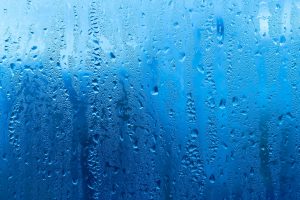
The ideal indoor humidity for most homes is somewhere between 30-50%. Anything dryer than that, and you’ll experience increased static activity, not to mention the physical issues with too arid a space (like dry skin and sinus issues). Anything more humid, and you’ll see the possibility for mold growth and condensation, both of which can cause significant structural damage to your home. The issue with skylights is they are often installed in bathrooms and kitchens, where many of our “water heavy” household activities occur, such as showering and cooking. The relative humidity in these rooms is higher than in other rooms, which often allows condensation to collect on the inside of the glass pane of a skylight. Most skylights feature condensation channels and weep holes around the edges of the glass panes to catch condensation and allow the water to escape. However, if these channels and holes are not working correctly, either because they are defective or clogged, condensation will instead run down the pane and collect near the base of the window.
It does not take long for this often-unnoticed condensation to do serious damage to the window frame, drywall, and insulation surrounding the skylight. It also creates a prime spot for mold growth. Be sure to periodically inspect your skylight’s condensation channels and weep holes to make sure they are functioning correctly. Keep an eye out for any signs of water damage at the base of your skylight and address any issues as soon as you discover them to avoid much more significant problems.
Ice Dams & Roof Ventilation Problems Caused by Skylights
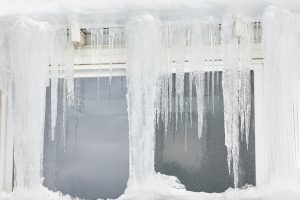
If skylights are installed in such a way that they interfere with the air flowing from the soffit to the roof peak, they can cause serious issues with roof ventilation. As heat builds up around the skylight, both from inadequate roof ventilation and warmth from the home’s interior, ice dams form around the skylight, allowing water to pool at and around the skylight. This water will eventually seep underneath the shingles, saturating the many protective layers beneath, and potentially cause significant water damage to your home. To avoid ventilation issues caused by skylights, you will want to rely on a skilled roofing contractor who can redirect airflow to help prevent issues with ice dams. A storm window installed on the interior of the skylight will further insulate the window itself from the home’s heat.
Skylights in the Bathroom
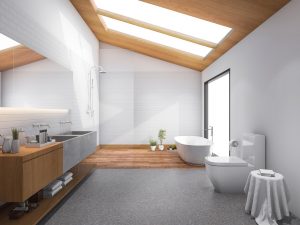
Bathrooms are one of the most common rooms to feature a skylight. Windows in bathrooms tend to be pretty limited for privacy reasons, making them some of the darkest rooms in the house. Skylights offer a solution to this by washing the space in natural light while still giving you the privacy you’d want in a bathroom. Unfortunately, bathrooms are also the most humid rooms in the home, steaming up often several times a day when anybody takes a shower. Water condensation on bathroom skylights can overwhelm the condensation channels, trickle down to the base of the window where it will collect and eventually cause water damage. Over time, this damage can become quite severe. In addition to this, skylights, particularly southern facing ones, allow significant heat into the home. Because bathrooms are typically smaller and more closed off, this can make the room uncomfortably hot. You can install shades to limit the amount of light and heat that passes through the skylight, but ideally, these lights would not be installed on southern facing sides of the roof.
Do you have concerns about any of the skylights in your home? Contact Aapex Construction & Restoration to schedule a consultation. We have more than 20 years of experience in the industry and are skilled at investigating roofing issues that are often overlooked by homeowners, including issues with skylights. Contact us today!
Related Articles
The Causes of Roof Ice Dams and How to Prevent Them
The Importance of Proper Roof Ventilation
The Top 5 Reasons People Remodel Their Home
